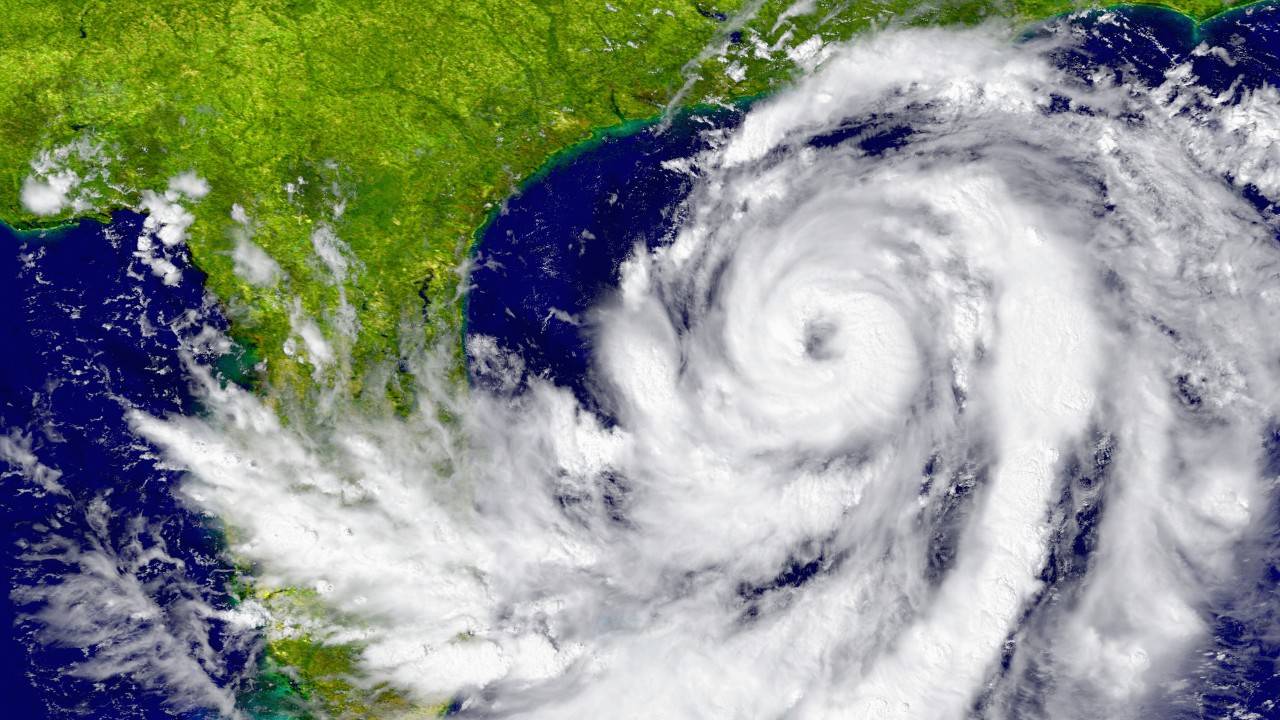Between 1976 and 2016, the Department of Energy’s Weatherization Assistance Program (WAP) weatherized 7 million homes in marginalized communities, and since the beginning of the program, has managed to save the participating households about $283 in energy costs per year.
Although climate change impacts all American citizens, marginalized communities often have to bear the hardest blow.
As a result of systematic and structural inequalities, low-income groups are disproportionately made up of people of color. These marginalized communities are most vulnerable to climate change, as they often lack the means to cope with increasing cost to respond to extreme weather events, extreme heat, and flooding.
The Center for Climate and Energy Solutions also reports that these low-income communities already struggle with a lack of access to energy efficiency improvements like insulation and roof repair.
“To address these twin challenges in the residential sector, the Department of Energy (DOE) administers programs such as the Weatherization Assistance Program (WAP) and the Clean Energy for Low Income Communities Accelerator (CELICA), which provide resources to deliver home energy efficiency improvements and renewable energy resources to low- and moderate-income families. These programs have both helped households reduce their energy costs and spurred job creation.”
In years to come, programs like WAP are going to become even more essential in providing home energy efficiency improvement to low-income families.


